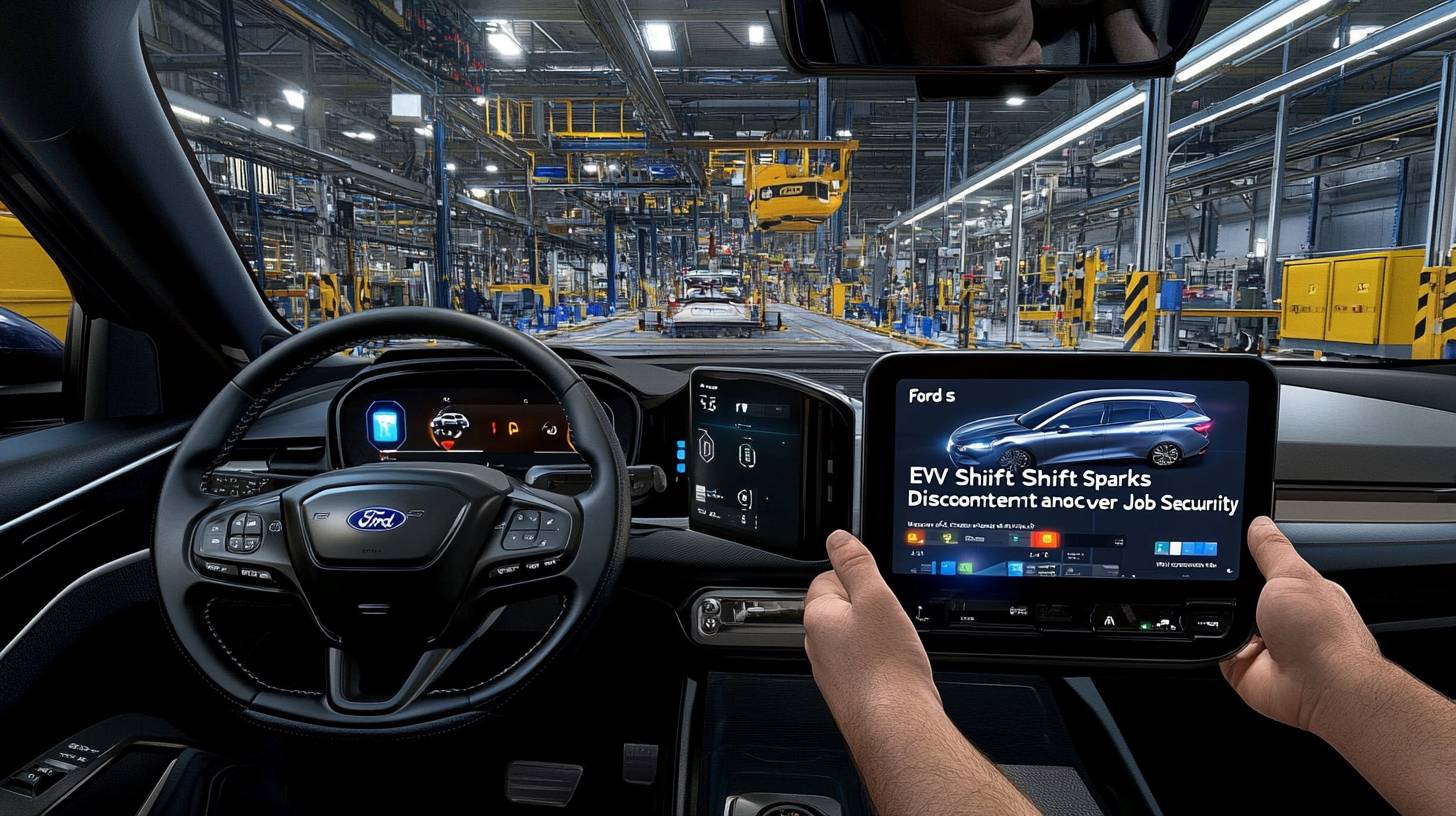
Ford confronts hurdles in EV sector
Ford is encountering notable difficulties in the electric vehicle (EV) sector, as emphasized by CEO Jim Farley during the firm’s third-quarter 2024 earnings discussion. Although the company is strongly committed to its EV plan, its dedicated electric vehicle segment, Ford Model e, reported a .2 billion EBIT loss for Q3 2024. The division is expected to incur a loss of about billion by the close of the year, yet this marks a 7.9% improvement compared to the prior year.
Farley pointed out that the market conditions for EVs are becoming progressively challenging, especially in Ford’s primary market, the U.S. He mentioned that while EV volumes have surged by 35% since Q1 of the previous year, revenues have remained stagnant at billion. This stagnation in revenue, despite the volume increase, highlights the pricing obstacles that Ford and other original equipment manufacturers (OEMs) are confronting in the EV market.
“In our core market in the U.S., no OEM is exempt,” Farley stated, referencing the wider industry challenges in balancing growth with profitability in the EV arena. While Ford sustains its confidence in its long-term EV approach, the short-term financial results of its electric vehicle segment reveal the complexities of maneuvering through a rapidly changing market.
Production modifications and incentives for F-150 Lightning
Ford has been implementing tactical modifications to its production of the F-150 Lightning, the electric variant of its legendary pickup truck, in response to evolving market trends. The automaker recently declared a temporary production pause at its Rouge Electric Vehicle Center in Dearborn, Michigan, from November 15 to January 6, 2025. This interruption, which coincides with Ford’s weeklong holiday break, is intended to recalibrate production levels to more effectively meet demand, which has been less than initially forecasted.
Ford’s choice to scale down production is part of a larger initiative to refine its manufacturing processes for both sales expansion and profitability. The Rouge Electric Vehicle Center, which solely manufactures the F-150 Lightning, has been operating below optimal capacity for a while. Earlier in 2024, Ford had already downsized the workforce at the plant, relocating over 1,400 employees—two-thirds of the facility’s team—to other sites or providing them with retirement options. Approximately 700 of these workers were moved to the Michigan Assembly plant to bolster the increased production of the popular Ranger and Bronco models.
In spite of the production slowdown, Ford remains hopeful about the future of the F-150 Lightning and its overarching EV strategy. CEO Jim Farley has stressed the company’s capability to adapt to shifting market conditions, underscoring the versatility of Ford’s manufacturing structure. “We are leveraging our manufacturing flexibility to provide clients with options while balancing our growth and profitability,” Farley noted. He also highlighted the favorable customer response to the F-150 Lightning, which continues to be America’s top-selling electric pickup, as a positive sign for the future.
To clear out excess stock of the F-150 Lightning, Ford has rolled out extra incentives for its dealers. From October 15 to November 15, dealers can earn an additional ,000 per unit for specific trims of the F-150 Lightning ordered from Ford’s Retail Replenishment Centers (RRCs). For dealers selling nine or more units from RRC inventory, the incentive rises to ,500 per unit, capping at a maximum bonus of ,500. These incentives are crafted to assist dealers in moving existing inventory and sustaining market momentum, even as production is momentarily curtailed.
While the production halt might heighten concerns, sales of the F-150 Lightning have remained strong. Data from Cox Automotive and Kelley Blue Book shows that sales of the electric truck have surged by 86% through September 2024, with 22,807 units sold so far this year. However, the F-150 Lightning has been surpassed as the leading electric pickup by Tesla’s Cybertruck, which registered 28,250 units sold during the same timeframe. This shift in market leadership highlights the competitive pressures Ford is encountering in the EV sector, particularly as new players like Tesla continue to gain traction.
Ford’s stock, trading under the ticker F on the New York Stock Exchange, mirrored some of these challenges, with shares down 1.86% at .28 at the time of publication. Nevertheless, the company’s long-term perspective on its EV strategy remains optimistic, with Farley asserting confidence in Ford’s capacity to navigate the dynamic market environment.

